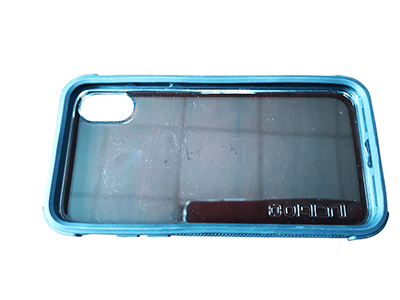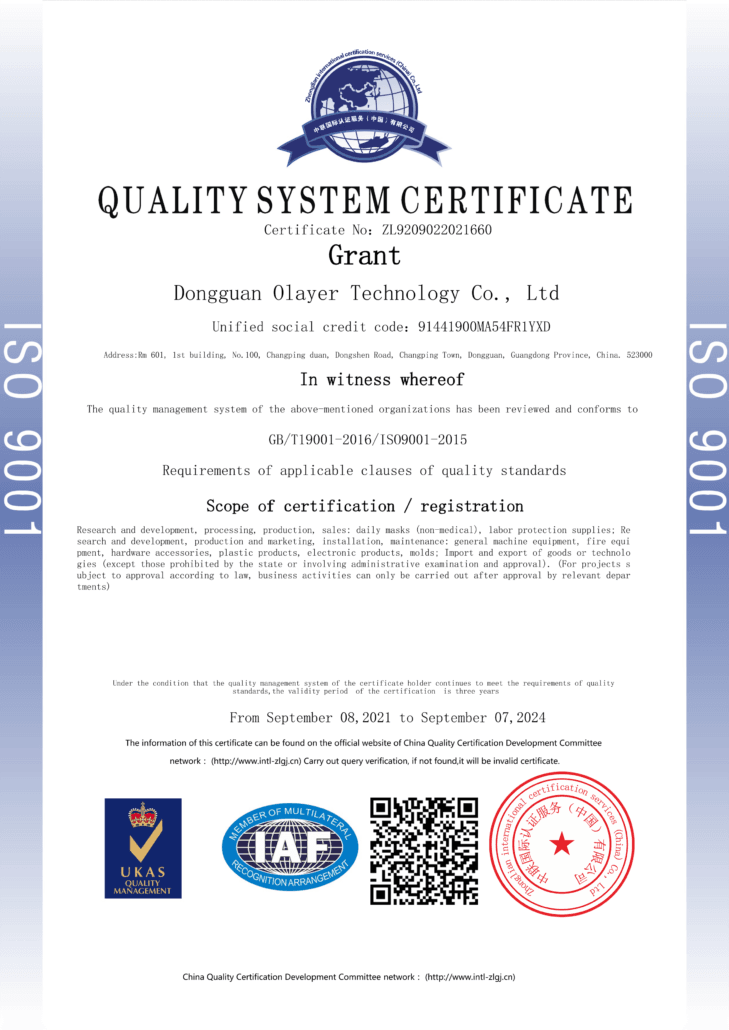Injection molding process basically is quite simple. The main principle of this type of industrial method is forcing the raw material to be molded in the molding machine. This method is really simple compared with other industrial techniques. Therefore, a lot of owners of plastic industrial companies prefer to use the injection molding process in manufacturing their products.
Generally, the injection molding process is merely feeding the raw materials such as material granules and colors into the hopper of the molding machine. Then, those raw materials enter the heated barrel to be melted. Once the machine has the melt raw material, the machine will inject the material into a two-part mould tool. When the melted material is hardened and cooled in the mould, the mold could be opened to remove the product. This is the injection molding process in the general view.
The injection molding process is really efficient in time. Typically, the cycle will be finished in a very short time between two seconds and two minutes. In making a certain product with this industrial method, you should complete the four stages well. However, since the injection molding process has a higher efficiency of time, you can still produce more items by applying this certain method in your industrial company.
Then, what are the four stages of the injection molding process? Clamping will be the first stage that you should do. This is the stage where the two halves of the mold should be securely closed by the clamping unit before injecting the material into the plastic mold.
Hydraulically powered clamping unit pushes the half mold attached to the injection molding machine and another sliding half mold altogether. Therefore, the mold could be closed securely once the material is injected inside this important part.
The second stage of injection molding process will be the injection stage. During this stage, the raw material is melted by the heat and the pressure in a certain heating barrel. Then, the molten plastic is injected very quickly into the mold. The mold then holds and packs the material completely and with the buildup of pressure. The injection time will be depended to the complexity and the changing flow of the molten material into the plastic mold.
Then, the third stage will be cooling stage. In this certain stage of the injection molding process, the molten plastic starts to cool down once it makes contact with the surfaces of the interior mold. This process happens in a short time since the interior mold is relatively in cool temperature.
The injected material will be hardened or solid into the shape of the desired part as soon as the material cools down. Surely, you should not open the mold before the required time of the cooling stage has elapsed.
Then, the last stage of the injection molding process will be the ejection. After the required time for the cooling process has elapsed, the cooled part then could be ejected by the ejection system. During the cooling stage, the material might have adhered to the surface of the interior molding.
Therefore, in pushing the part or the product out of the mold, force should be applied. You can also spray mold release agent to the surface of the mold cavity. Once the part is ejected, the mold will be shut to have another injection molding process cycle.
It is simple, right? So, if you are an owner of a plastic industrial company, considering this simple injection molding process as your production system will be very thoughtful to do.



